Thanks to the Gulf Stream, being at 70°N in this part of the world is much more pleasant than other parts of the world at the same latitude (such as North America for example). In fact we are further north than almost the entire state of Alaska, which gets significantly colder than here in Finnish Lapland. But having said that, Gulf Stream or not, we are still at 70° North, so in winter it can get pretty cold.
We actually run our own aurora tours around the coldest part of Northern Lapland. The coldest recorded temperatures in Lapland (Both Norwegian Lapland and Finnish Lapland) were recorded in the areas we operate. So we know a thing or two about the cold. Not only how to dress for the cold, but to dress for prolonged spells in the cold, whether on snowmobiles, huskies or just stood around for hours watching the northern lights in the middle of the night.
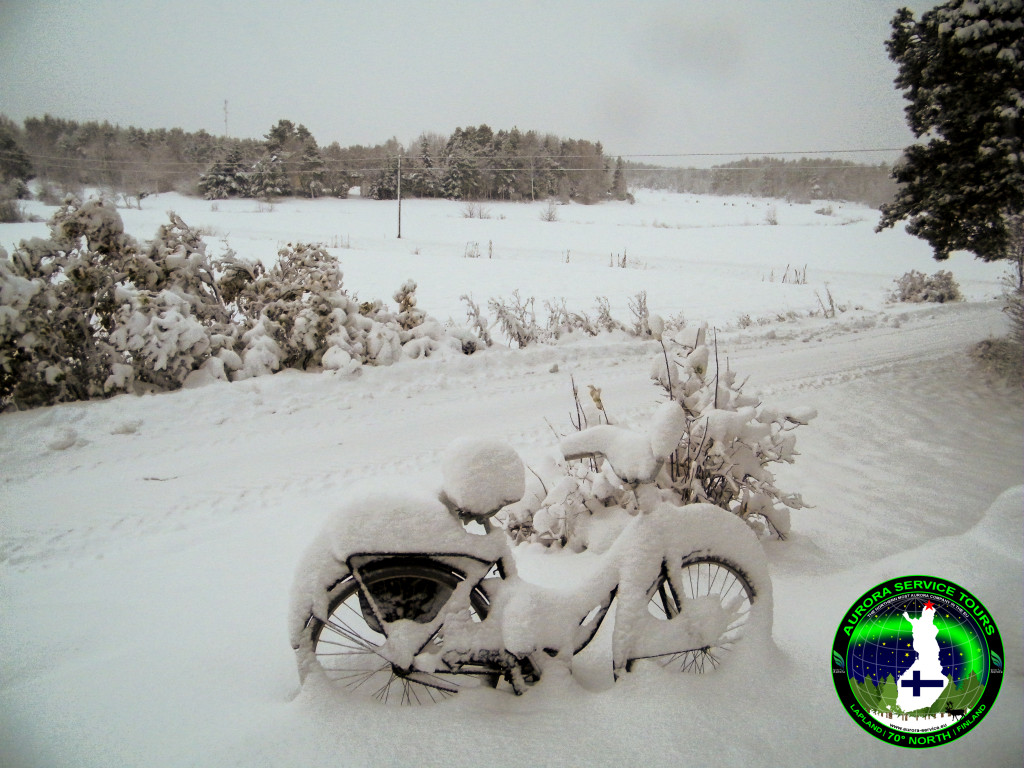
You may not have experienced cold like this so we have put together a little guide of what you typically would need on an average winters day in Finnish Lapland. The temperature can vary greatly day to day, so it’s difficult to write with a particular temperature in mind, one day it could be a toasty 0°C, the next day it could be -30°C. So this is a general guide suitable for the majority of a typical winter. Sometimes there can be extremes of temperature, such as one night in 1999 when the mercury dropped to -51°C, but that sort of temp is really quite rare.
Many people assume that people who live in very cold climates are somehow “immune” to the cold. They aren’t. They are just like you or me. The human body needs to be around 37°C no matter who you are, or where you are from. The difference between people who live in cold climates and everyone else is they know how to cope better with the cold (and to dress better equipped for it) than most other people.
You don’t have to spend lots of money on the latest “high tech” winter clothing. People have been out in the elements for thousands of years, long before these “adventure/outdoor stores” were here selling all their expensive clothes. So don’t be suckered in by fancy marketing that you must have such and such clothing to survive, because you really don’t.

Simply layering with the correct materials is more than adequate. If you are on a budget (or even if you aren’t), below is a list of clothing I recommend. I wear this myself in temperatures past -30°C. So don’t let the cold weather put you off a Northern Lights trip if you don’t like the cold, because if you dress accordingly you won’t feel the cold. Also don’t let the cost of winter clothes put you off a northern lights holiday thinking you need to spend 500 euros on clothes, because you don’t. In fact, you could probably pick up most of this stuff in a charity shop for very little cost.
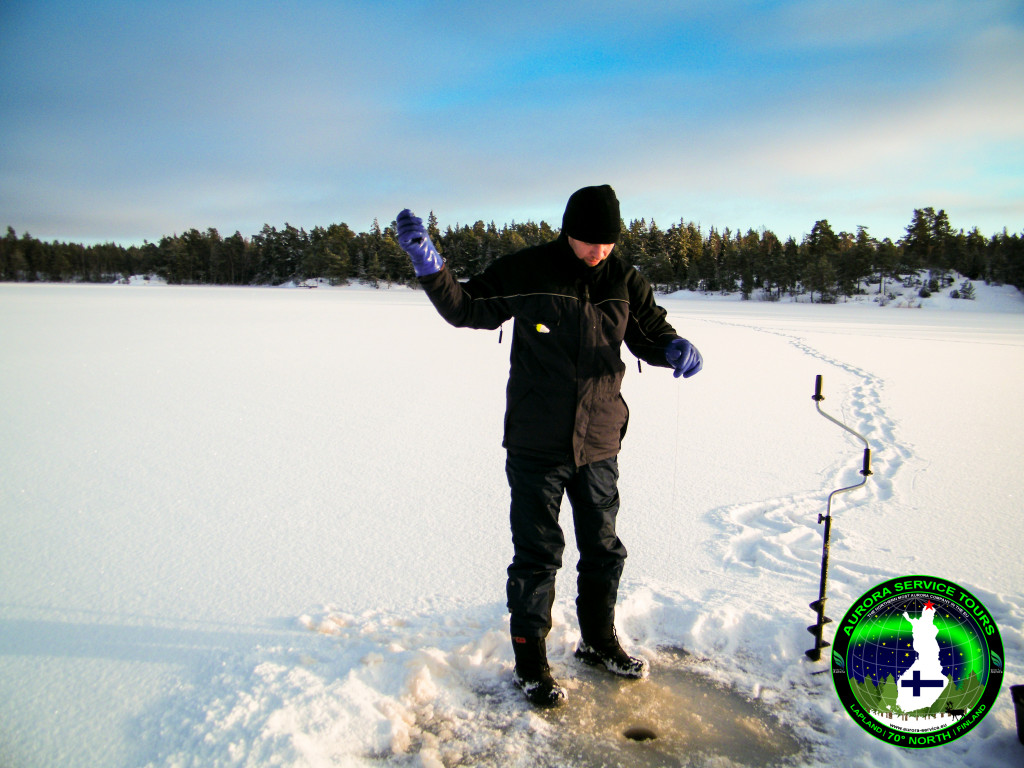
The weather in Lapland is actually quite easy to dress for, it’s cold, but usually very dry. It is what is known as a dry cold, so -20°C here doesn’t feel as cold as -20°C in other countries. As such, it is highly unlikely you will need waterproof clothing. Many people think you need waterproofs in snow. In central Europe and places like Germany and UK, you may well do because it is a wet kind of snow. Here it is a very dry snow, so even if it is snowing very heavily, you won’t get wet because the snow does not melt. You can just shake the snow off as and when required.
So the same applies for footwear, you don’t really need waterproof footwear, as there isn’t really any slushy or wet snow. I recommend you DON’T bring rubber boots (wellies, gum boots, gummistiefel..etc) which many people wear in the snow in other countries. Those rubber boots are really bad in serious cold weather. In fact I have a pair myself and I cannot stand to wear them below 2°C as it is impossible to keep feet warm in them (no matter how many wool socks you wear). They also become very rigid and are super slippery and dangerous in sub zero temps. Thermal lined wellies are ok, but they are still slippery, so a set of spikes on the bottom will help with the grip.
Footwear: Snow boots are best. But perhaps a bit overkill if you only visit Lapland once or twice per year. Hiking or walking boots are fine (like this). Ideally a little larger than your foot size so you can wear 2 thick wool socks and them still be comfortable. It is a good idea to put thermal insoles or shoe liners in, there are fleece insoles available that I sometimes use. Also the foil backed ones are good as it reflects heat back in. In an emergency there is an old trick of putting crumpled up newspaper in your boots which does an amazing job of warming your feet up (provided you replace the newspaper every day). It is very important to keep your feet warm, I consider it probably the most important part. If you get really cold feet, it can be a living hell.
Socks: Wool hiking socks or ski socks are best (like this). Many socks are a blend of different materials like wool, polyester, acrylic etc. This is fine. You must avoid cotton, not just in socks, but in any item of clothing, it is very bad material in the cold, for a few reasons. It holds in moisture, which can cool you down and as you probably know getting damp clothes out of the washing machine, damp clothing is heavy. Clothes that are damp don’t have the breath-ability of dry clothes, which is key in a cold environment. So do try to avoid cotton where possible. Most other materials are ok. Wool is best, especially Merino wool.
Legs: You need Long underwear (also called long johns, thermal underwear or base layer). Wool is best, polyester is good. Wear it direct on your skin do not wear anything under it (such as cotton underpants). As a middle layer I wear 100% polyester jogging bottoms (also knows as sweat pants) and then Ski pants on top of those (even though your not skiing, they are super warm and made for very cold conditions). The sweat pants are really warm, but only as long as they are made from polyester (most fleece jackets are made from 100% polyester, so essentially they are fleece trousers). Good quality branded ski pants are far superior to the budget or no name ones in our experience. If you don’t want to buy ski pants, the thermal under wear, polyester trousers and a cheap pair of waterproof pants (for a bit of wind protection) should be ok down to about -15°C but you will feel the cold if the temps get lower than this.
Upper body: You need layers. You can take layers off if you get too hot or put layers on if you get too cold. Starting with the thermal underwear (aka base layer), the base layer’s function is to remove moisture from your skin. Wool or 100% polyester is good. Avoid cotton. The base layer also keeps wind and drafts off you. They are a must.
Next I wear a fleece shirt underneath a thick 100% wool jumper. The fleece shirt is optional really, but in my experience, it adds so much warmth, I don’t leave the house without it on once the temps drop below 0°C. They are also so cheap to buy (I get mine for €10 each!), they are incredible value given the warmth they provide. If you buy some fleece shirts, make sure they are 100% polyester. There are many that are described as fleece shirts, or fleece lined shirts but are actually a cotton mix, do not get them.
100% wool jumpers are hard to find, Aran jumpers I find are the easiest wool jumpers to find and are usually the best, being invented on the West Coast of Ireland for the fishermen in the Atlantic to stave off the biting Westerly winds during winter. Here is a great site with tons of merino jumpers: http://www.aransweatermarket.com/.
On top of the wool jumper I will wear a fleece coat (300 weight/300 GSM).
Jacket
Where most of the clothing above is pretty regular stuff. We do recommend going the extra mile when it comes to your jacket. The jacket takes the brunt of the winter weather and should be able perform very well whatever the weather. I personally want a jacket that can perform in extreme temperatures even if it never see’s extreme temperatures. There is an old saying, “it is better to have something and not need it, than to need something and not have it”!
In this climate, insulated jackets really come into their own. My favourite type of insulated jacket is the down parka. “Down” is insulation made of goose feathers. It is considered the best clothing insulation available. Science expeditions in Antarctica wear down parkas, so if that is not endorsement enough, I don’t know what is. There are many manufacturers and many different prices, so choose one that suits your budget.
If a down parka is too expensive or you simply wouldn’t use it enough to warrant spending so much on one. A down shell jacket usually for less than 100 euros are good. Or any other sort of insulated jacket is better than nothing. At the very least you would want a padded jacket. If a jacket is very thin, it is doubtful it will keep the heat in. If it is quite thick, it should do a good job.
Accessories
Accessories such as hat and gloves are mandatory in Lapland. Even if it is a toasty -10°C, you simply cannot have hands or head exposed to the elements as they will get very cold, very fast. If it is colder than that, you really do not want to remove your gloves even for a minute. It is good to have a thin pair of gloves on under your main gloves/mittens, so you can operate camera etc using the thin pair of gloves so you don’t have bare skin exposed to the cold.
If you are doing any sort of winter activity, such as Husky sledding, Snowmobiling, etc, you really must have a balaclava or facemask/bluff/snood. There a tons of different types, but anything along the lines of these are fine:
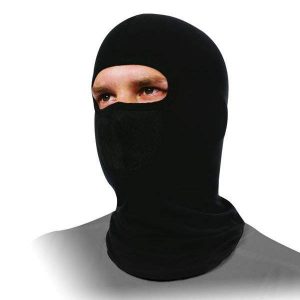
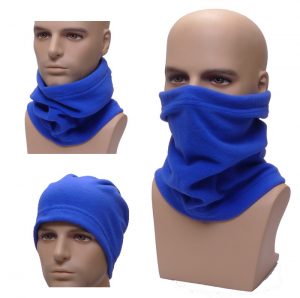
They make for a much more pleasurable trip out into the cold. Windchill on your face, even at slow speeds, can turn a joyous experience into an excruciating one, in very short notice. Keep your face covered and you’ll have an awesome time, no matter how cold the wind chill is.
Mittens are better than gloves in serious cold. I have found good quality wool mittens with 40 gram thinsulate insulation inside more than acceptable, especially with a thin pair of gloves on underneath. Your hands should be fine even in serious cold with this setup. Good quality ski gloves are even better still as they are usually wind proof, but they aren’t cheap.
With regards to a hat, I (and many others) prefer the fur trapper hat. If it is pretty cold (or windy) you can close fur flaps over your ears side of head and it is really nice and warm. In serious cold a balaclava can be worn underneath and makes it even warmer still.
Summary
So basically, pay close attention to the materials you are buying. Polyester and wool (especially Merino wool) are really good, cotton is bad (of course you can wear cotton inside your warm cottage, but outdoors is a big no). Most of the clothing is pretty regular stuff so shouldn’t cost too much, but we recommend paying a bit extra for good quality ski pants and an insulated jacket.
We can provide snow suits free of charge. But you should have sufficient warm clothing on underneath them, or if you get too hot (doing an activity) you can take the snow suit off and still be warm enough.
Remember, there is no such thing as bad weather, only bad clothing. If you dress correctly for the conditions, you can go out in practically any weather.





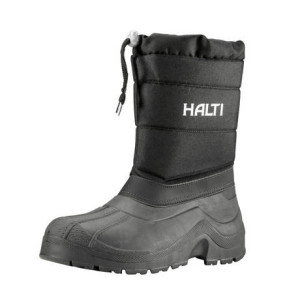
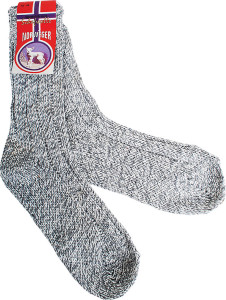
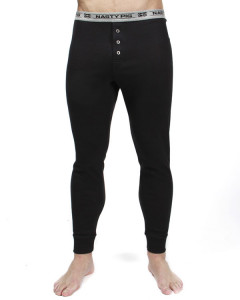
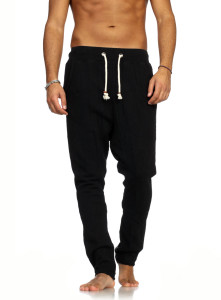
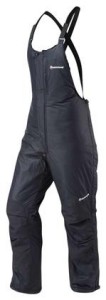
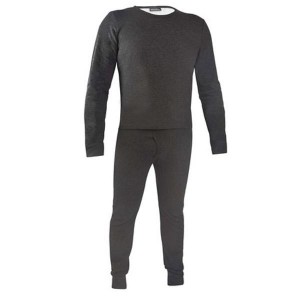
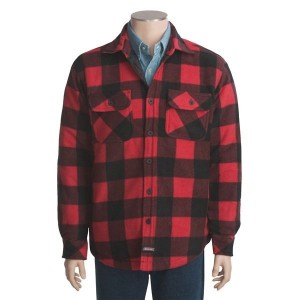
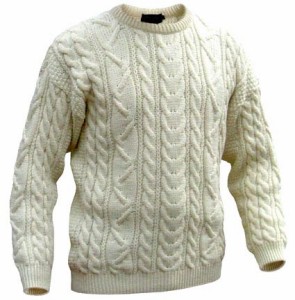
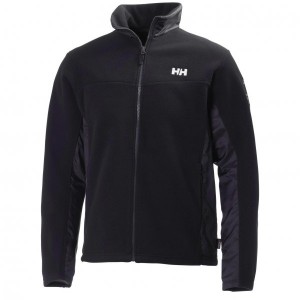
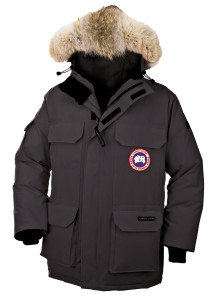
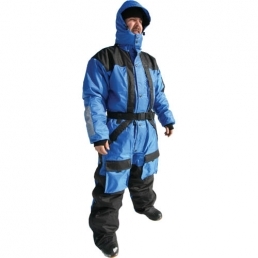



 The dedicated northern lights holiday in Finland was conceived by us. We are the original!
The dedicated northern lights holiday in Finland was conceived by us. We are the original!

